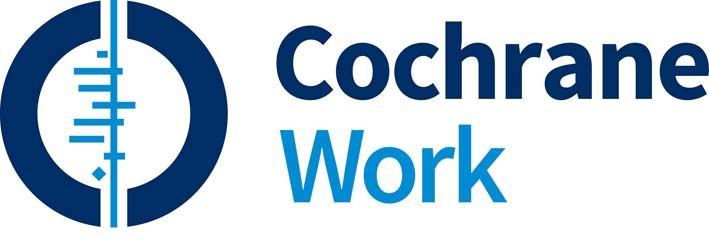Better evidence needed to assess the effects of protective clothing for health care workers

Press release of Cochrane Work Review Group and FIOH, Kuopio 20.4.2016
Healthcare staff can be at a 100 times greater risk of infection than people in general when they work in areas affected by outbreaks of infectious diseases such as Ebola Virus Disease or SARS. During the Ebola epidemic, dozens of NGO health care workers who wore protective clothing became infected.
A Cochrane Review published today in the Cochrane Library reports that the evidence to show how well protective clothing prevents health care workers from becoming infected while working with patients with dangerous infectious diseases is of very low quality. In spite of using full-body suits, gloves and face masks, contamination still occurs.
A team of authors, including researchers from Finland and the US, summarized evidence from controlled studies evaluating the effects of different forms of protective clothing under field conditions. They also looked at how workers could be best trained in the use of protective equipment.
They found nine studies in total. In six studies 295 workers who wore protective clothing were sprayed with a fluorescent marker or a harmless virus to simulate what happens in hospitals. In all studies, some part of the workers’ bodies got contaminated in spite of the use of protective clothing. Only two of the studies evaluated the same protective clothing that is currently recommended. There were no studies that evaluated the effectiveness of protective clothing during an Ebola epidemic. The studies provided very low quality evidence that that more breathable clothing, which is highly preferred by users, may not lead to more contamination than non-breathable clothing. Two studies showed that removing the protective gear in a specific order may lead to less contamination. More active training, such as the use of computer simulation and spoken instructions, led to fewer errors with doffing the protective gear in the correct order in two studies.
The researchers judged the quality of the evidence to be very low because of the small number of studies, the small number of participants and the difficulty of translating the findings of the simulation studies to practice.
Lead author Jos Verbeek from the Cochrane Work Review Group at the Finnish Institute of Occupational Health in Kuopio, Finland, concludes that there is a clear need to make PPE use safer for health care workers.
‘Even though we know that PPE protects, there are still uncertainties about the effects of different strategies. We still don’t know if goggles are better than face shields or long-sleeved gloves protect better than short sleeves because currently there are no studies assessing these questions. We also don’t know the best way to train health care workers in wearing and removing PPE, and how long health care workers can retain the skills they are trained in. Another issue to address is to develop a simple standard terminology for the safety level of PPE use in health care. This can greatly improve communication among health care staff.’
The researchers acknowledge the difficulties of undertaking research during an epidemic, but stress that documenting the type and materials of PPE used at all epidemic locations in the future would be helpful. Following an epidemic it would be possible to see what different types of equipment infected and non-infected health care workers had been using and compare infection and exposure rates. Similar types of studies have been undertaken during the SARS epidemic. These studies found out that not only masks were needed to protect oneself adequately but also gloves and aprons. So far, no such studies from the recent Ebola epidemic have been published.
An independent panel that evaluated the Ebola response in 2015 also concluded in an article in The Lancet that more research on PPE was needed. ‘Up until now, we haven’t seen any effective response to this call’ Verbeek said. The researchers urge WHO and NGOs to take the lead here.
Additional information:
Jos Verbeek, Senior Research Scientist, Finnish Institute of Occupational Health, tel. +358 46 810 8709, jos.verbeek(at)ttl.fi
Cochrane Work Review Group (http://work.cochrane.org)
Systematic Review
http://onlinelibrary.wiley.com/doi/10.1002/14651858.CD011621.pub2/abstract
Cochrane is a global independent network of researchers, professionals, patients, carers and people interested in health. Cochrane produces reviews which study all of the best available evidence generated through research and make it easier to inform decisions about health. These are called systematic reviews. Cochrane is a not-for profit organisation with collaborators from more than 120 countries working together to produce credible, accessible health information that is free from commercial sponsorship and other conflicts of interest. Our work is recognised as representing an international gold standard for high quality, trusted information. If you are a journalist or member of the press and wish to receive news alerts before their online publication or if you wish to arrange an interview with an author, please contact the Cochrane press office: pressoffice@cochrane.org
Tags:


